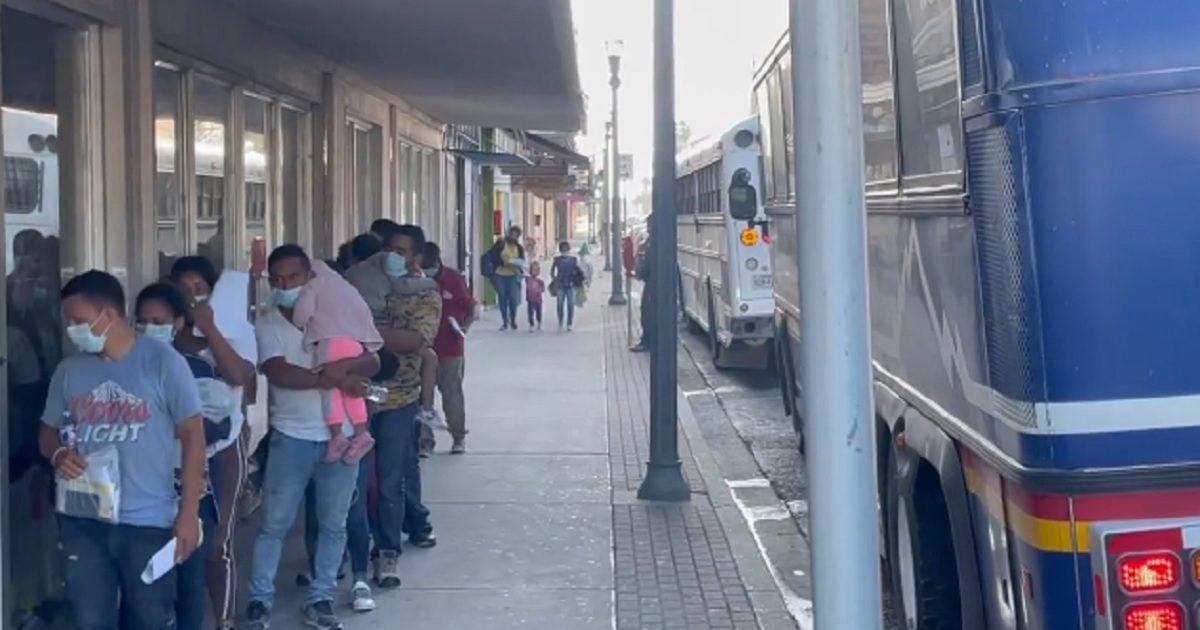Impact of Bird Flu Outbreak on Grocery Prices
An outbreak of the avian influenza, commonly known as the bird flu, has the potential to significantly impact future trips to the grocery store. The recent surge in egg prices serves as a glaring example of how such outbreaks can lead to a spike in food costs for consumers.
Price Fluctuations in the Egg Market
In February, the average price of a dozen Grade A large eggs stood just under $3, according to data from the Bureau of Labor Statistics. Although this figure is lower than the peak of $4.82 seen in January 2023, it still represents a nearly 50% increase from the lows of around $2 observed in the previous summer and fall.
The sharp rise in egg prices in early 2023 was primarily attributed to a widespread outbreak of the bird flu. Should another outbreak occur in key poultry-producing regions of the United States, it could once again propel egg prices to alarming levels.
Industry Response to the Bird Flu
Cal-Maine, the nation’s largest egg producer and distributor, announced that one of its facilities in Texas had tested positive for the avian influenza virus. This development prompted the culling of 1.6 million laying hens, representing approximately 3.6% of the company’s total flock. As a precautionary measure, Cal-Maine temporarily suspended production at the affected facility to adhere to protocols mandated by the USDA while striving to minimize disruptions for its customers.
With Cal-Maine controlling about 20% of the U.S. egg market, the repercussions of the bird flu outbreak on its operations could have broader implications for egg availability and prices nationwide.
Understanding Avian Influenza
The U.S. Department of Agriculture (USDA) has clarified that avian flu is not transmissible through properly cooked and handled eggs, allaying concerns about egg safety. The virus primarily spreads among wild aquatic birds and can infect domestic poultry, as well as other bird and animal species. The USDA has reported multiple instances of avian flu outbreaks in various bird populations within the U.S. since January 2022.
Furthermore, the Centers for Disease Control and Prevention (CDC) have confirmed that avian influenza has now impacted not only poultry but also dairy herds. Several cases have been detected in New Mexico, with additional instances under verification in Idaho and Texas, the leading cattle producer in the country. Notably, a person in Texas with direct contact with dairy cattle has tested positive for the H5N1 virus, marking the second reported human case in the U.S. since 2022.
Assessment of Future Impacts
While the presence of the highly pathogenic avian influenza in dairy herds could have ramifications for milk production, the USDA has assured the public that the risk to consumers remains minimal. Dairy producers affected by the outbreak are required to dispose of or redirect milk from infected cows. Fortunately, the pasteurization process effectively eliminates avian flu viruses from milk, mitigating concerns about milk supply safety.
It has been opined by the USDA that any potential milk loss resulting from sick cows would not significantly affect the overall milk supply. Consequently, consumers are less likely to experience noticeable changes in milk prices due to the current outbreak of avian influenza.
Image/Photo credit: source url





